By Ray Bennett
There’s always a Ray in the movies. Scriptwriters really like the name. Michael Keaton, Dan Aykroyd and Gregory Hines each played a guy named Ray three times, Harvey Keitel twice. Kevin Costner was Ray in “Field Of Dreams”. Bob Hoskins, Michael Caine and Bill Nighy have all been a Ray. Ray Winstone, Ray Bolger and Ray Liotta have all been Ray. Penelope Cruz was Raimunda in “Volver”.
Tom Cruise was Ray in “War Of The Worlds”, he has a brother named Ray in “Rain Man” and “The Firm” and in “Collateral” the cop who’s after him is called Ray and the first man he kills is Ramon. In “Jerry McGuire”, the woman he falls in love with has a son named Ray.
In “The Bucket List”, Jack Nicholson turns to Morgan Freeman, playing a man named Carter, and says, “Mind if I call you Ray? My main man Ray!” I asked Rob Reiner, who directed the picture, why he used that line and he said, “I don’t know. Jack just came out with it.”
The name Ray just goes with the movies but now there’s the biggest Ray of all: Blu-ray. Put me down as a convert. I’m a latecomer, no doubt, but better late than never, as it turns out to be the best home entertainment show of them all.
Movies have been my lifelong passion but the home screen also has played a major role since childhood. My dad worked on the railway but when I was a kid he won a little on the football pools and suddenly we had a television set. Just the BBC and black-and-white, of course, but we were mesmerised. In the 1960s, at the Ideal Home Exhibition I saw the first colour TV prototypes and agreed with many that it was a fad that would not last.
In the 1970s, I was in Canada writing about TV and my editor provided me with a Betamax video player to watch programmes sent out in advance by broadcasters. It was brilliant, and I watched on in horror as the inferior VHS system broke through with a huge movie selection while Betamax dwindled.
By the 1980s, I was in the United States editing a national magazine about satellite television with correspondents returning from Japan with amazing stories about tiny dishes and dazzling high-definition reception. In Los Angeles in the 1990s it was all about DVD and the chance to own a complete movie archive of your own.
Now, back in the UK, there is the best of all: Blu-ray. Despite being exposed to many variations of technology over the decades, I remain all thumbs when it comes to putting together home entertainment systems. The kind folks at Sony Pictures Home Entertainment generously put on a demonstration for me in their splendid lounge in the basement of their Golden Square headquarters in London with giant screens, a PlayStation3 setup and a Blu-ray player.
It all looked magnificent but the real test would be what happened at home. Sony sent over a player and some disks and, at my request, left me to it. I once assembled a Macintosh Apple computer system out of the box but Apple know I’m an idiot and they made it very simple.
I have become, however, adept at overseeing my Sky Plus box and the high-definition service from Sky on my small Sony Bravia TV set is topnotch. I easily set aside my old DVD player and now all I had to do was add Blu-ray to the mix. The player itself is sleek and elegant, matching the curves of the Sky Plus unit. The connection, however, posed a problem. There must be an HDMI socket on the TV set, but I couldn’t find it. I had a shiny golden HDMI cable, but no place to put it.
Ah, there’s a cable with three colour-coded plugs that match both the back of the Blu-ray machine and my TV set. Bingo! An “easy set-up” button in the onscreen menu allowed me to get things started and I was all set.
No, no, said my editor, when I checked in with him. There must be an HDMI socket on the TV set and you need it for the best HD picture. Hmmn. Well, the Sky Plus box must connect somehow and there was no Scart plug in use. Ahha! There’s the HDMI socket with Sky plugged into it. I quickly made the change. I slipped the first disc of the 2-disc Deluxe Edition of “Casino Royale” into the tray and sat back to enjoy it. Rats! The picture is in black-and-white!
I must have hooked something up wrong. I checked the plugs and the cable. I took the disc out of the tray, cleaned it, and put it back again. I hit play. It was still in black-and-white. Then it hit me. The film really is in black-and-white through the studio logo and the first sequence, only blooming into full colour for the opening credits.
And what colour it is, too. The Bond films have always been noted for their glorious production designs and they look wonderful in full high definition on Blu-ray. Hungry for more, I checked out Vilmos Zsigmond’s Oscar-winning cinematography in the 30th Anniversary Ultimate Edition of Steven Spielberg’s “Close Encounters Of The Third Kind”.
The detail is fabulous and major sequences such as the gathering at Dharmsala look stunning. Laszlo Kovacs’ terrific cinematography on “Ghost Busters” when Bill Murray and Dan Aykroyd first come across a full-torso vaporous apparition looks as bright and inventive on Blu-ray as when I first saw the film in New York.
One of the really good things about Blu-ray is that it is, in that marvellous term, backwards compatible. My DVD of “Lawrence Of Arabia” looked better than I’d ever seen it with director of photography Freddie Young’s lavish desert images something to marvel at. Vilmos Zsigmond achieved wonders filming in heavy snow for Robert Altman’s Western masterpiece “McCabe & Mrs. Miller” and on Blu-ray the wintry sequences simply gleamed.
Impressed with the black-and-white images at the beginning of the Bond film, I wanted to see what a full black-and-white film looked like on the system. Joseph LaShelle’s evocative Manhattan images in Billy Wilder’s Oscarwinning “The Apartment” were luminous and Sam Leavitt’s capture of the courtroom drama in Otto Preminger’s “Anatomy of a Murder” appeared more vivid and intense.
I still have a lot to learn about all that Bluray offers including the benefits of BD Live, the internet service that provides loads of information constantly updated. The Blu-ray disc packages have a grat many extras to do with music and storing photographs that remain to be explored, and I cannot wait.
The industry talks a lot about downloading and 3D, but for me — and I’m sorry if I sound a bit breathless about this — after a lifetime of hoping one day to have cinema quality in the home, Blu-ray is going to do just fine. Knowing I can keep my DVDs is a good thing but I also know that I’m going to replace my favourites with Blu-ray Disc versions.
The only downside to all this is that now that I have Blu-ray and Sky Plus HD, standard television suddenly looks quite dull. Oh, and I’m definitely going to have to get a bigger screen.
This story appeared in Cue Entertainment.

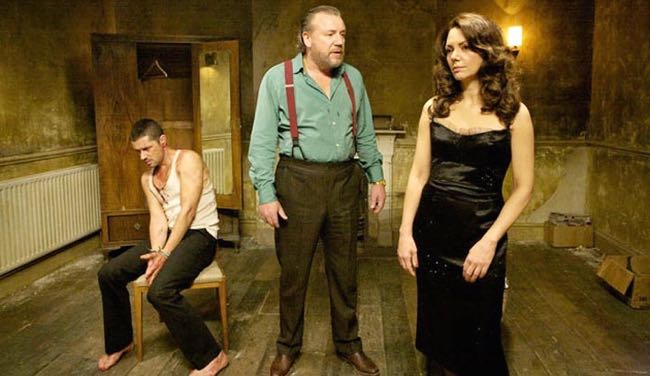
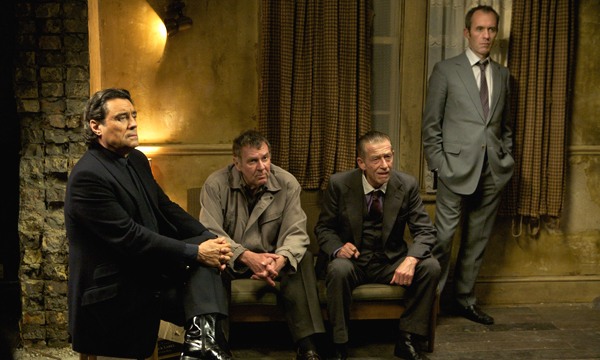
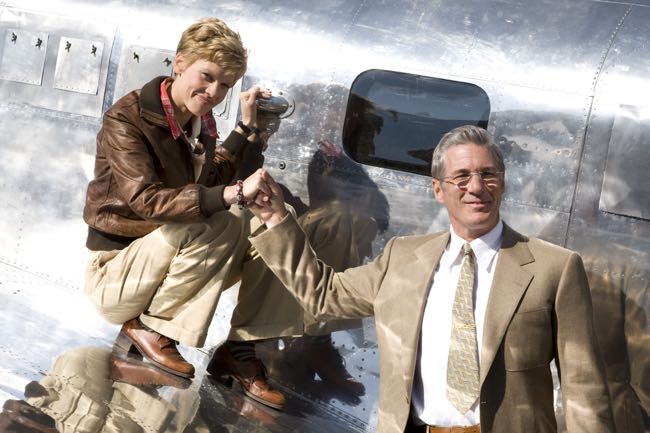
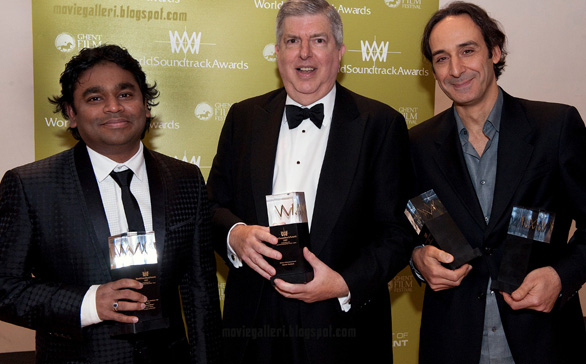
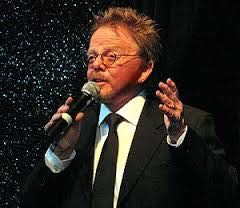
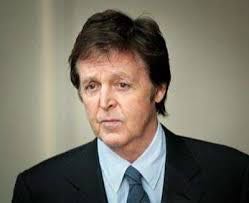
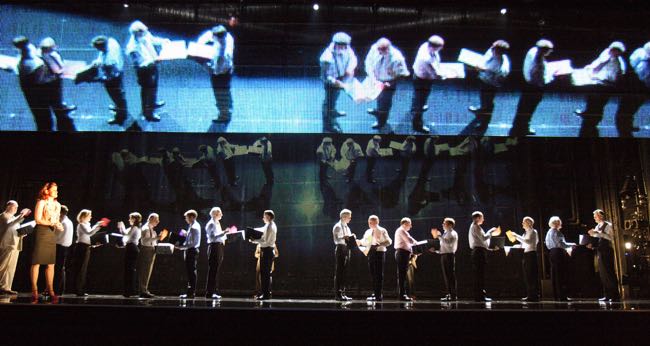
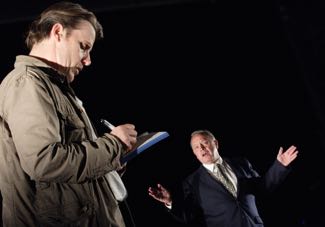
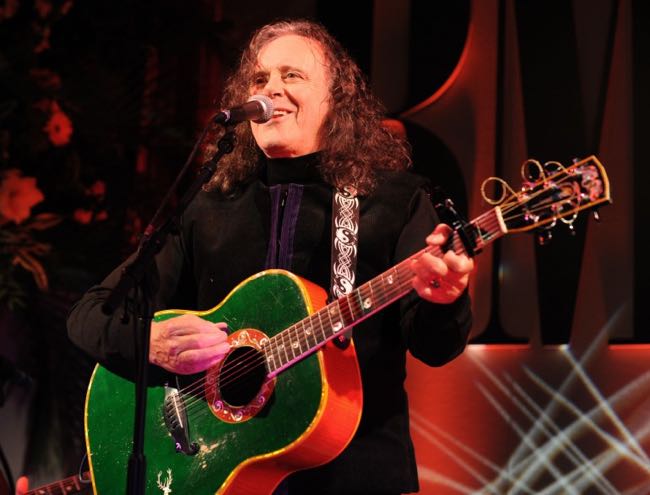
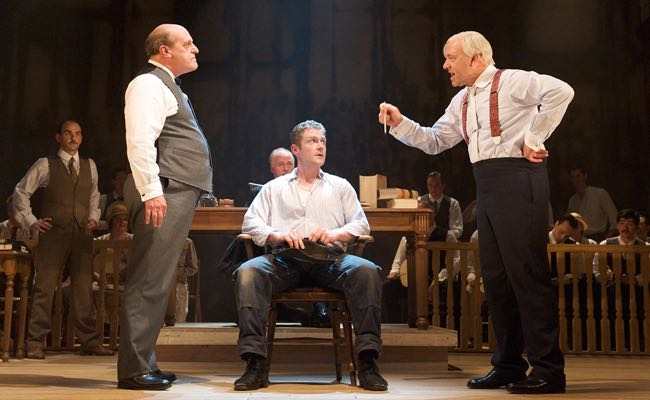
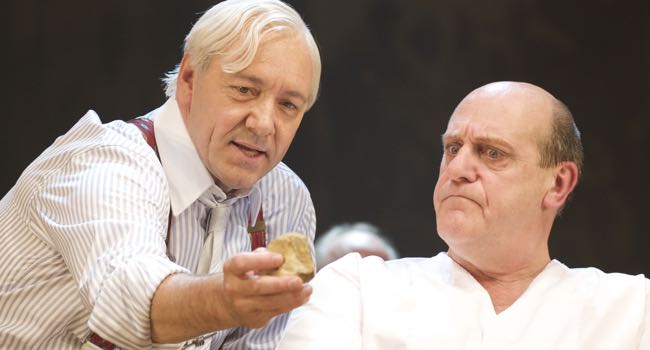
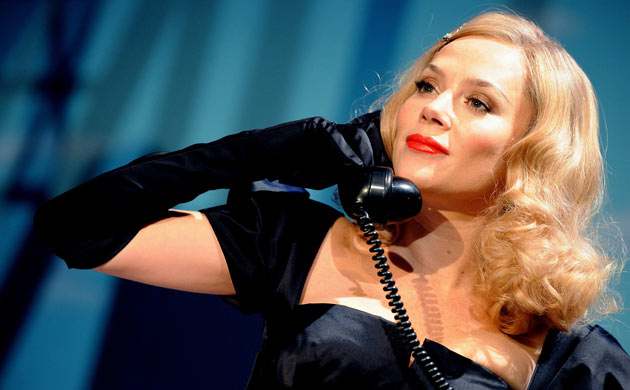
There’s always a Ray in the movies, now there’s Blu-ray
By Ray Bennett
There’s always a Ray in the movies. Scriptwriters really like the name. Michael Keaton, Dan Aykroyd and Gregory Hines each played a guy named Ray three times, Harvey Keitel twice. Kevin Costner was Ray in “Field Of Dreams”. Bob Hoskins, Michael Caine and Bill Nighy have all been a Ray. Ray Winstone, Ray Bolger and Ray Liotta have all been Ray. Penelope Cruz was Raimunda in “Volver”.
Tom Cruise was Ray in “War Of The Worlds”, he has a brother named Ray in “Rain Man” and “The Firm” and in “Collateral” the cop who’s after him is called Ray and the first man he kills is Ramon. In “Jerry McGuire”, the woman he falls in love with has a son named Ray.
In “The Bucket List”, Jack Nicholson turns to Morgan Freeman, playing a man named Carter, and says, “Mind if I call you Ray? My main man Ray!” I asked Rob Reiner, who directed the picture, why he used that line and he said, “I don’t know. Jack just came out with it.”
The name Ray just goes with the movies but now there’s the biggest Ray of all: Blu-ray. Put me down as a convert. I’m a latecomer, no doubt, but better late than never, as it turns out to be the best home entertainment show of them all.
Movies have been my lifelong passion but the home screen also has played a major role since childhood. My dad worked on the railway but when I was a kid he won a little on the football pools and suddenly we had a television set. Just the BBC and black-and-white, of course, but we were mesmerised. In the 1960s, at the Ideal Home Exhibition I saw the first colour TV prototypes and agreed with many that it was a fad that would not last.
In the 1970s, I was in Canada writing about TV and my editor provided me with a Betamax video player to watch programmes sent out in advance by broadcasters. It was brilliant, and I watched on in horror as the inferior VHS system broke through with a huge movie selection while Betamax dwindled.
By the 1980s, I was in the United States editing a national magazine about satellite television with correspondents returning from Japan with amazing stories about tiny dishes and dazzling high-definition reception. In Los Angeles in the 1990s it was all about DVD and the chance to own a complete movie archive of your own.
Now, back in the UK, there is the best of all: Blu-ray. Despite being exposed to many variations of technology over the decades, I remain all thumbs when it comes to putting together home entertainment systems. The kind folks at Sony Pictures Home Entertainment generously put on a demonstration for me in their splendid lounge in the basement of their Golden Square headquarters in London with giant screens, a PlayStation3 setup and a Blu-ray player.
It all looked magnificent but the real test would be what happened at home. Sony sent over a player and some disks and, at my request, left me to it. I once assembled a Macintosh Apple computer system out of the box but Apple know I’m an idiot and they made it very simple.
I have become, however, adept at overseeing my Sky Plus box and the high-definition service from Sky on my small Sony Bravia TV set is topnotch. I easily set aside my old DVD player and now all I had to do was add Blu-ray to the mix. The player itself is sleek and elegant, matching the curves of the Sky Plus unit. The connection, however, posed a problem. There must be an HDMI socket on the TV set, but I couldn’t find it. I had a shiny golden HDMI cable, but no place to put it.
Ah, there’s a cable with three colour-coded plugs that match both the back of the Blu-ray machine and my TV set. Bingo! An “easy set-up” button in the onscreen menu allowed me to get things started and I was all set.
No, no, said my editor, when I checked in with him. There must be an HDMI socket on the TV set and you need it for the best HD picture. Hmmn. Well, the Sky Plus box must connect somehow and there was no Scart plug in use. Ahha! There’s the HDMI socket with Sky plugged into it. I quickly made the change. I slipped the first disc of the 2-disc Deluxe Edition of “Casino Royale” into the tray and sat back to enjoy it. Rats! The picture is in black-and-white!
I must have hooked something up wrong. I checked the plugs and the cable. I took the disc out of the tray, cleaned it, and put it back again. I hit play. It was still in black-and-white. Then it hit me. The film really is in black-and-white through the studio logo and the first sequence, only blooming into full colour for the opening credits.
And what colour it is, too. The Bond films have always been noted for their glorious production designs and they look wonderful in full high definition on Blu-ray. Hungry for more, I checked out Vilmos Zsigmond’s Oscar-winning cinematography in the 30th Anniversary Ultimate Edition of Steven Spielberg’s “Close Encounters Of The Third Kind”.
The detail is fabulous and major sequences such as the gathering at Dharmsala look stunning. Laszlo Kovacs’ terrific cinematography on “Ghost Busters” when Bill Murray and Dan Aykroyd first come across a full-torso vaporous apparition looks as bright and inventive on Blu-ray as when I first saw the film in New York.
One of the really good things about Blu-ray is that it is, in that marvellous term, backwards compatible. My DVD of “Lawrence Of Arabia” looked better than I’d ever seen it with director of photography Freddie Young’s lavish desert images something to marvel at. Vilmos Zsigmond achieved wonders filming in heavy snow for Robert Altman’s Western masterpiece “McCabe & Mrs. Miller” and on Blu-ray the wintry sequences simply gleamed.
Impressed with the black-and-white images at the beginning of the Bond film, I wanted to see what a full black-and-white film looked like on the system. Joseph LaShelle’s evocative Manhattan images in Billy Wilder’s Oscarwinning “The Apartment” were luminous and Sam Leavitt’s capture of the courtroom drama in Otto Preminger’s “Anatomy of a Murder” appeared more vivid and intense.
I still have a lot to learn about all that Bluray offers including the benefits of BD Live, the internet service that provides loads of information constantly updated. The Blu-ray disc packages have a grat many extras to do with music and storing photographs that remain to be explored, and I cannot wait.
The industry talks a lot about downloading and 3D, but for me — and I’m sorry if I sound a bit breathless about this — after a lifetime of hoping one day to have cinema quality in the home, Blu-ray is going to do just fine. Knowing I can keep my DVDs is a good thing but I also know that I’m going to replace my favourites with Blu-ray Disc versions.
The only downside to all this is that now that I have Blu-ray and Sky Plus HD, standard television suddenly looks quite dull. Oh, and I’m definitely going to have to get a bigger screen.
This story appeared in Cue Entertainment.